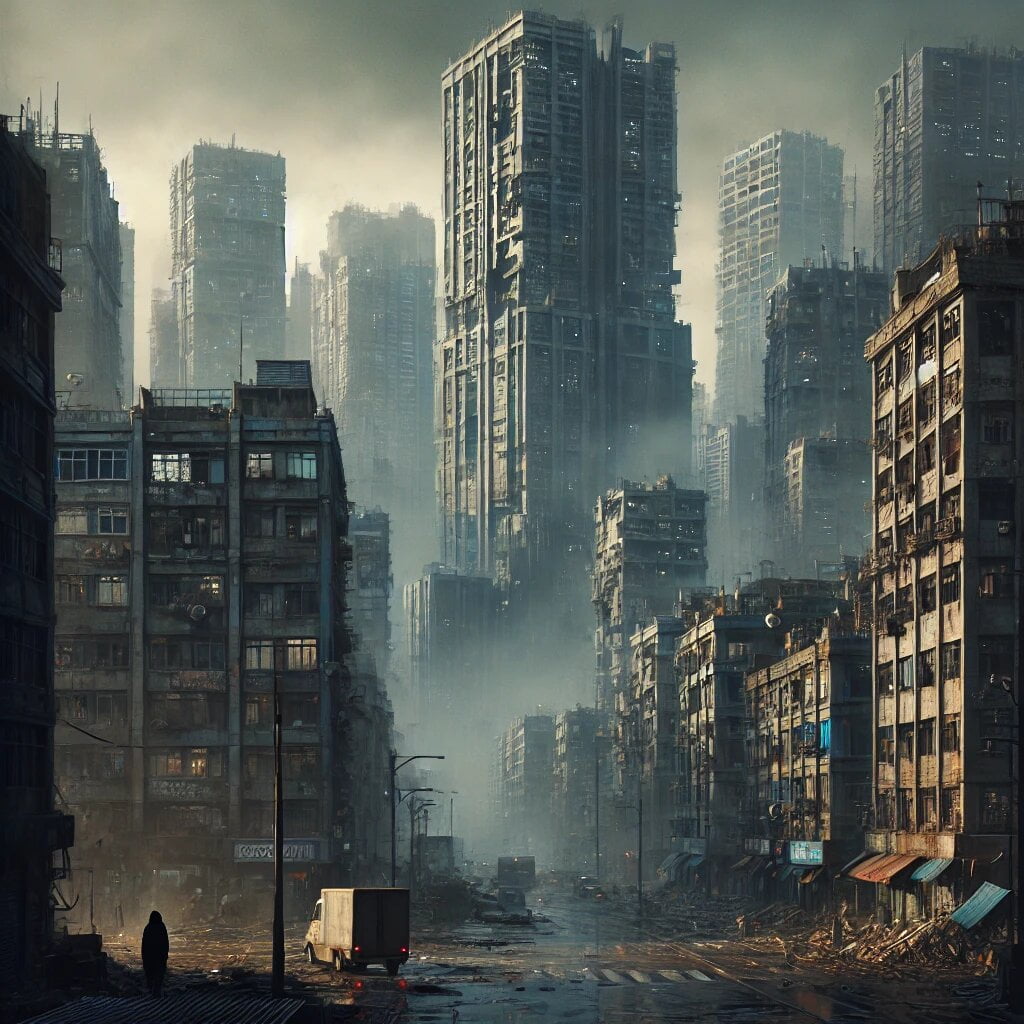Table of Contents
The 10 Least Livable Cities in 2024, A lot is said about livability when referring to the level of life quality that any given city can afford. In any case, the actual levels of livability in a city will always be defined by major factors such as safety, infrastructure, health, education, and general well-being. Some cities, in fact, are characterized by a high quality of life, but others are barely livable for various reasons. In this discussion, we take a look at common factors contributing to the 10 Least livable cities in 2024, then delve further into some of the least livable cities in the world.
Common Factors Behind Poor Livability
Livability encompasses not only access to basic needs but also the general environment in which one exists. Listed below are some of the key drivers that would make a 10 Least Livable Cities in 2024.
1. Conflict and Political Instability
Those cities that are in war-torn states or have undergone political turmoil cannot keep abreast with business with personal and civic amenities or protect the populace at large. Protracted strife wipes out infrastructure, people are displaced, and law and order break down to tatters. For example, the civil war in Damascus, Syria, has resulted in the disastrous destruction of infrastructure that restricts access to basic utilities such as clean water and medical facilities.
Death is always in the air due to these conflicts, further reducing the quality of life. Insecurity reduces political stability, poor governmental services, increases cases of corruption, and retards development. The citizens of a country would therefore remain under cycles of poverty and insecurity with no indication of matters improving. Investors would also keep away under such circumstances, making the economic conditions worse as well as reducing the living standards.
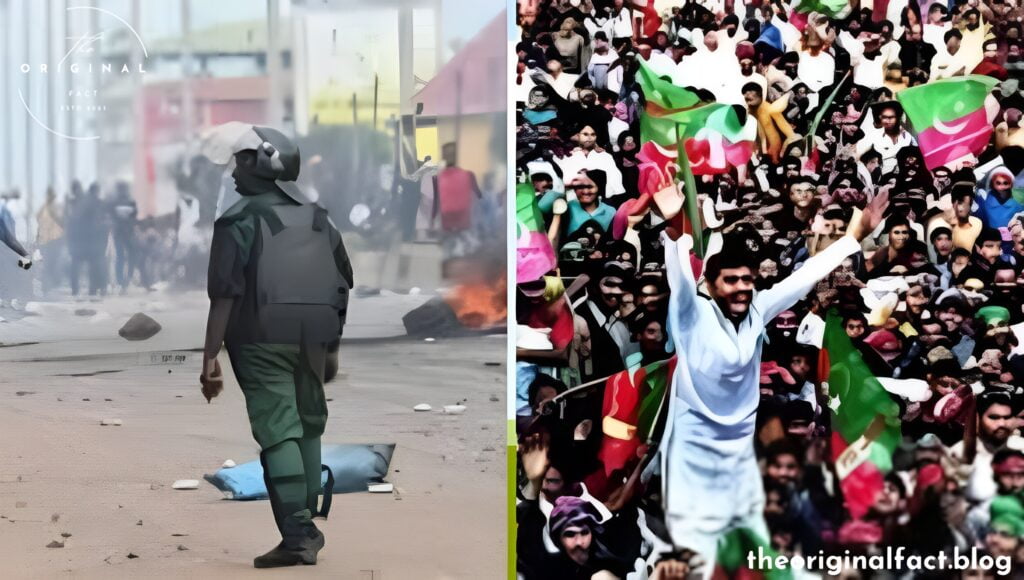
2. Economic Struggles
There are many causes of poor livability; chief among them would be a bad economy. Economic issues, like unemployment, inflation, and poverty, add to the total unavailability or unreliability of basic services such as healthcare, education, and housing. This can lead to increases in criminal activities property and violent crimes out of desperation.
Regarding Caracas, Venezuela, hyperinflation, shortages, and a healthcare system in total collapse have ruined livelihoods. Long queues for basic goods, no medicine, all contribute to the wide desperation, and most of the people have to leave the country. The economic hardships affect mental health too, leading to increased rates of stress and anxiety. Underdeveloped resources hold the nation back from infrastructural development which lessens living standards.
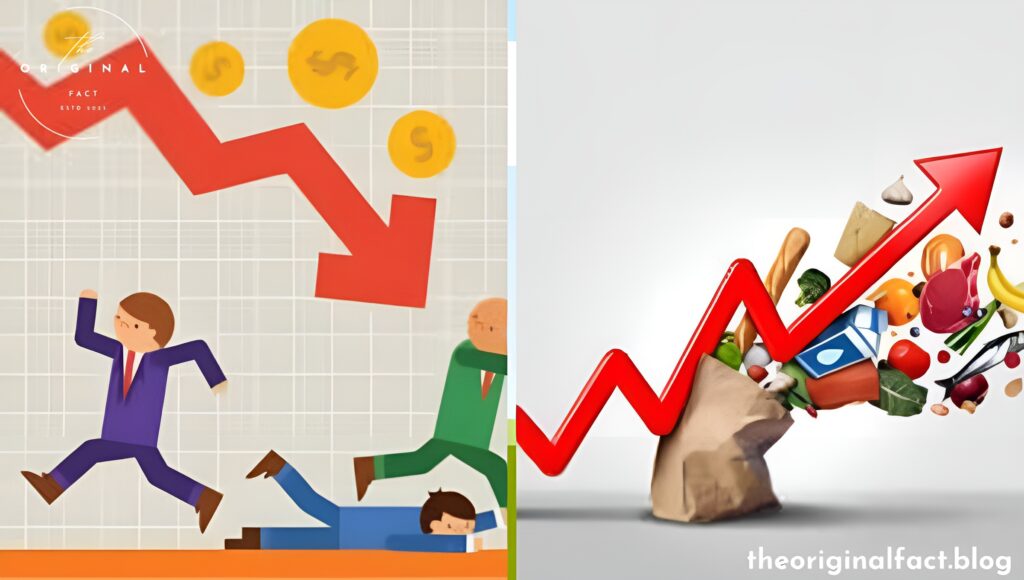
3. Poor Infrastructure
Insufficient infrastructure of the city hampers the routine lives of its dwellers. These are, but are not limited to, congested traffic, frequent power cuts, and absence or insufficiency of clean water. Some major problems include untrustworthy public transport, the lousy condition of the roads, and a lack of housing.
For example, Lagos, Nigeria, though one of the country’s most important economic centers, has extensive infrastructural problems. Chronic congestion, erratic electricity supply, and unreliable public transportation intensified by overpopulation the conditions of living unbearable and impede economic development. In addition, insufficient infrastructure in the main areas of roads, schools, and healthcare further reduces livability by making daily life even more complicated for residents.
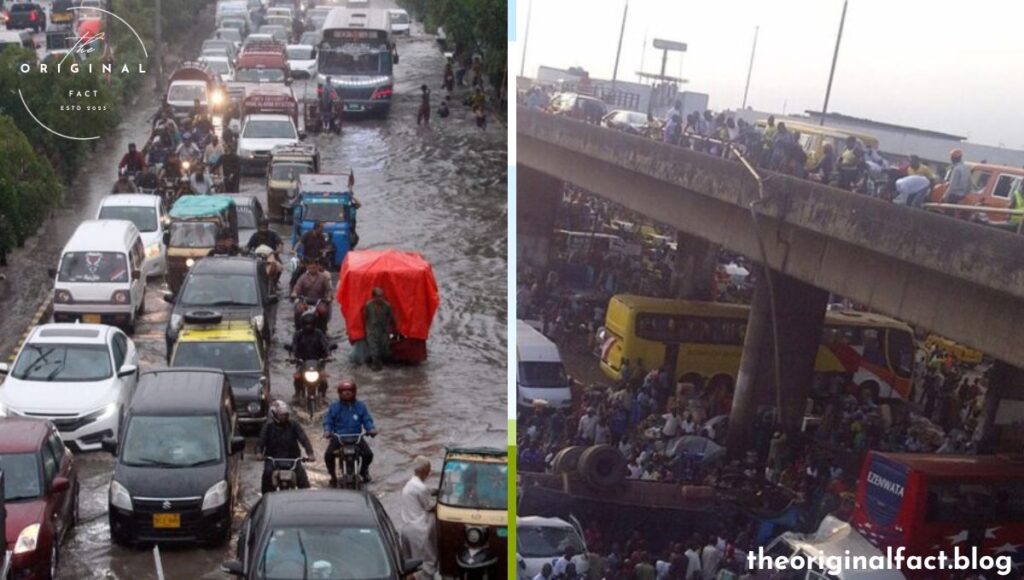
4. Limited Access to Healthcare and Education
Access to quality healthcare and proper education forms the foundation for well-being and development in a society. Indeed, many cities with insufficient medical facilities, inadequate staffing with healthcare professionals, and low budgetary allocations to schools report lower life expectancy, high mortality rates, and restricted mobility. This lack of access could thus trap residents in poverty and condemn them to poor health.
For instance, health facilities and professionals are not adequate in Port Moresby, Papua New Guinea, and as a result, people die due to minor ailments; this, in turn, reflects in the high mortality rate and low living expectancy. In addition to these, financial resource constraints and other travel-related factor issues affect school attendance. Because of this scarcity of health and educational facilities, the livability becomes very low and hinders the all-round development of the city, and due to this, the city remains backward from competing at a global level.
5. Environmental Challenges
The livability of a city has much to do with the environmental aspects. Issues such as pollution, poor air quality, and mismanagement of waste products deprive people of health and good quality of life. There are cities susceptible to nature’s crises, which are hazards in themselves, making lives more miserable.
Issues such as acute overcrowding, congestion of roads, and industrial pollution are totally prevalent in Dhaka, Bangladesh, which causes rotten air quality and health problems. Flooding is common during heavy monsoon rains and displaces many people, costing property and infrastructure damages. Such environmental problems badly affect livelihood and strain city resources at large; improved environmental management will be required to make life more livable.
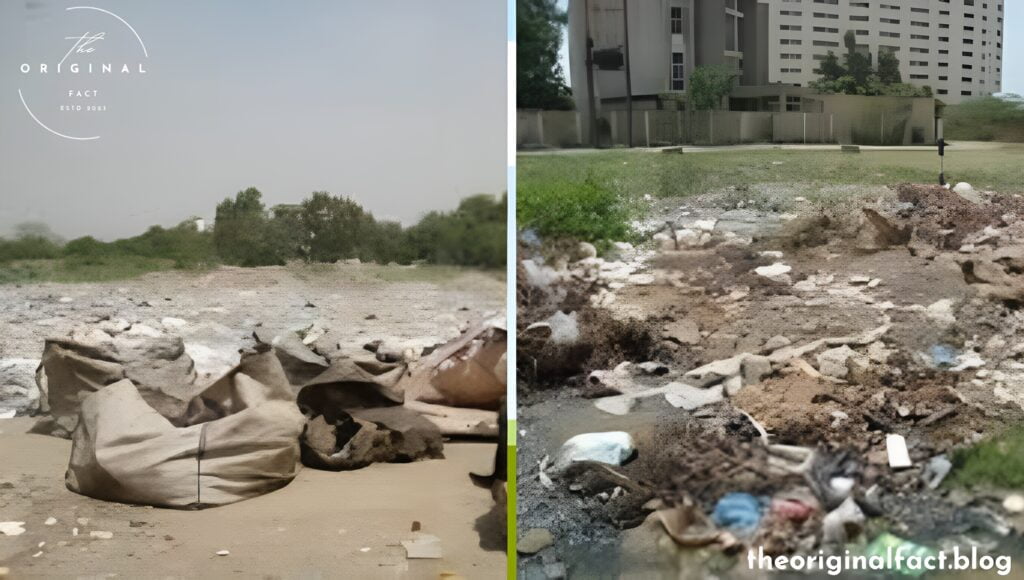
6. High Crime Rates
Safety is closely linked to livability, and cities that have higher rates of crime have poorer scores along this dimension. High levels of crime create a high-stress environment that might be dangerous not only in terms of physical safety but also from a psychological point of view.
In 2023-2024, cities like Port Moresby and Caracas have extremely high crime rates; residents of these cities live in fear of both violence and property crimes. Inefficient law enforcement and corruption suppress these concerns, hence reducing the perceptions of safety among citizens and barring investment and tourism. This creates a vicious circle of poverty and violence that, unless practical crime reduction measures are put in place, would only reduce livability further.

10 Least Livable Cities in 2024
Here are the 10 Least Livable Cities in 2024 that are usually included among the least livable cities in the world due to their safety, infrastructure, healthcare, education, and overall quality of life.
| S. No. | City | Reason |
| 1 | Damascus, Syria | Conflict, political instability, economic collapse |
| 2 | Lagos, Nigeria | Overpopulation, poor infrastructure, traffic congestion |
| 3 | Port Moresby, Papua New Guinea | High crime rates, inadequate infrastructure, poor healthcare |
| 4 | Dhaka, Bangladesh | Overcrowding, pollution, inadequate healthcare, traffic congestion |
| 5 | Caracas, Venezuela | Political instability, economic collapse, high crime rates |
| 6 | Karachi, Pakistan | Political instability, poor infrastructure, crime, pollution |
| 7 | Tripoli, Libya | Ongoing conflict, political instability, economic struggles |
| 8 | Kinshasa, Democratic Republic of the Congo | Poor infrastructure, high crime rates, inadequate healthcare |
| 9 | Harare, Zimbabwe | Economic collapse, poor healthcare, political instability |
| 10 | Algiers, Algeria | Political instability, economic struggles, pollution |
These 10 Least Livable Cities in 2024 face various challenges that combine to give them a low livability ranking. Though each city may have its unique issues, many share related problems in political instability, economic hardship, and poor infrastructure seriously affecting the quality of life for its residents. To read in more detail: Click here
To Read More: Click here

